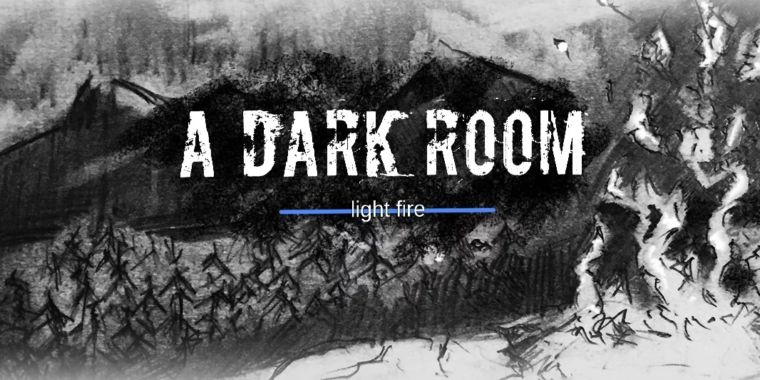
Last week, developer Amir Rajan revealed an interesting Easter egg hidden in the Switch version of A Dark Room, an inventive text-based adventure that was ported to the console early last month. If you plug a USB keyboard into the system and hit the “~” key while the game is running, you get a functional Ruby interpreter suitable for coding simple programs directly on the console.
This weekend, though, Nintendo decided to remove the game from the Switch eShop, leading Rajan to tell Eurogamer that he “deeply regret[s] how this has blown up.”
In a Mastodon thread revealing the Easter egg, Rajan said the hidden in-game coding environment was “an attempt to capture the magic of coding in its purest form.” In a world of complicated, Internet-connected, IDE-based game engines, he writes that he wanted to “show the next generation that magic does exist in this world. That you can create something from nothing.”
Rajan’s initial announcement proudly proclaimed that the in-game Easter egg “effectively turns every consumer spec-ed Nintendo Switch into a Ruby Machine.” But speaking to Eurogamer after the game was pulled on April 26, he suggested that the “simple toy sandboxed environment” created in the game is really only capable of drawing simple lines, squares, and labels, as well as playing sound files from the game itself.
“You can’t even render an image with the damn thing,” Rajan said. “So yes, if your app is composed completely of labels, squares, and lines… then it lets you build an app without having to perform any hacks.”
Still, the initial reports of the Easter egg “framed [it] as this massive exploit,” Rajan said. “And of course it’s the community that exploits these things that pushed it up to that level. I’m partly to blame with my sensationalized media posts.”
Nintendo might be understandably antsy about a hidden feature that lets Switch users seemingly write “arbitrary code” on their consoles. An unintentional memory leak in the level editor for obscure 3DS platformer Cubic Ninja ended up being the key to running homebrew code on that platform, after all. Then again, games that let users write their own code in protected environments are not banned or unprecedented on Nintendo platforms. Petit Computer has been available on the 3DS eShop since 2012, letting users code simple versions of Flappy Bird and others games using a programming language called Smile Basic. Players can then share those creations via QR code.
Considering that, it seems A Dark Room‘s removal may have less to do with the a ban on coding and more to do with the fact that the feature was hidden from Nintendo’s usual software testing and approval process. As Rajan himself told Eurogamer, “It was a last second ‘spark of inspiration,’ and I snuck it in assuming that plugging in a USB keyboard and pressing the ‘~’ key wasn’t part of the test plan.”
For now, Nintendo hasn’t responded to a request for comment on the matter. A Dark Room‘s publisher, Circle Entertainment, says it is “liaising with Nintendo to clarify on the next steps and will deal with the matter accordingly; they are regretful circumstances and we apologize for the issue… Until we clarify the next steps with Nintendo we can’t offer any further comment.”
A Dark Room is available, sans coding Easter egg, on iOS, Android, and via Web browser.
https://arstechnica.com/?p=1498621

